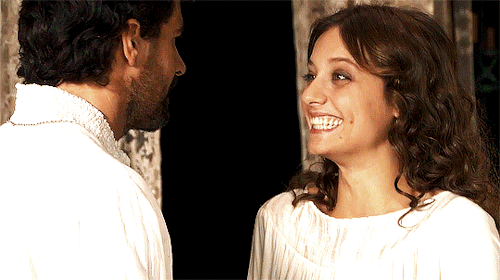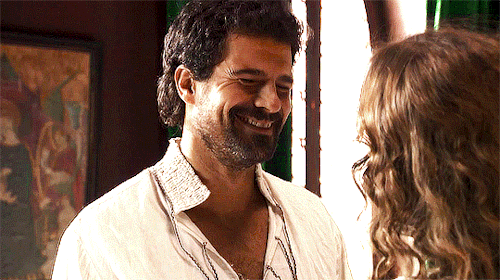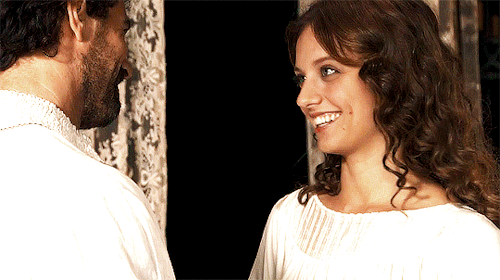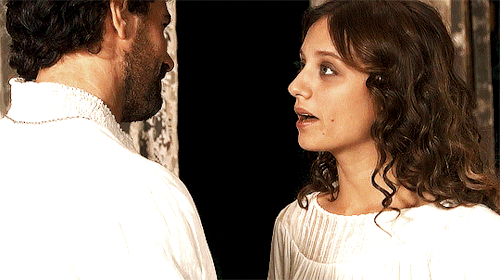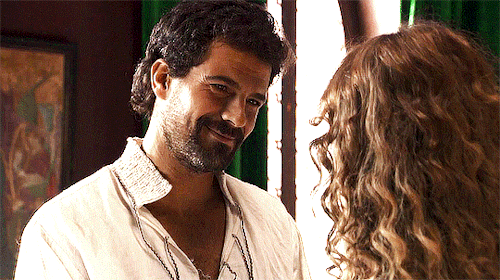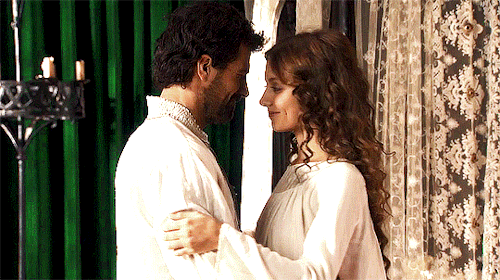latristereina: In time, the passion that glowed between them from the first days of their marriage w
latristereina:In time, the passion that glowed between them from the first days of their marriage was to melt the brittle terms of the marriage contract. Gradually too, their love kindled mutual respect that enabled the prince and princess to govern equitably, each according to his individual strengths and talents for the common good of Castile. Sparked by political expedience, forged in youthful passion, Isabella and Ferdinand’s union was to last nearly thirty-five years in one of the most remarkable monarchial partnerships ever known to Western Europe.Despite those tensions, the newly weds settled happily into married life. It is said that after the wedding festivities Isabella and Ferdinand spent a few quiet days of la luna de miel, or honeymoon, at the nearby castle of Fuensalida. From their first days together, the young couple discovered many compatibilities. In spite of the false bull that marred their marriage, the prince, like Isabella, was a devout Catholic who attended daily mass. Both were moderate in food and drink. Isabella, in fact, drank no alcohol at all. Both were skilled equestrians, and enjoyed the hunt and the quieter amusements of chess and cards.After her marriage Isabella continued to read and pursued the “womanly” occupations she had been taught by the convent nuns of her childhood—spinning, weaving, embroidery, and sewing. As a sign of wifely devotion, she soon added a new task, the sewing of Ferdinand’s chemises.Early on, in the tradition of courtly love and marriage, the prince and princess chose objects that were symbols for the first letter of each other’s first name. Isabella thus chose flechas, or arrows, for the F of Ferdinand. The prince adopted the yugo, or yoke for the Y or / of Isabella. These symbols, when combined with the royal arms of Castile and Aragon and bordered with a chain, the Gordian knot, and a sphere, would become their new escudo, or shield at Isabella’s coronation five years later. As emblems of the permanent union, the new escudo would appear on everything the sovereigns touched—in churches, cloister archways, on fortresses, books, furniture, even on their clothes.- Nancy Rubin Stuart, Isabella of Castile: The First Renaissance Queen@ablooms, @eyes-painted-with-kohl, @daario-naharis, @beautiesandwonders, @conquistadoradelmar -- source link
Tumblr Blog : latristereina.tumblr.com
#isabel tve#such cutiesss
